Considered to be more prevalent in men than in women, Obstructive Sleep Apnea Syndrome shortened OSAS affects about 4% of men in the age bracket from 30 to 60 years old, and about 2% of women within the same age group.But as scientific research would have it, the age and gender are not the only key factors with a strong correlation to the OSAS sleeping disorder which is also linked to weight and obesity.

( Obesity and Obstructive Sleep Apnea OSA – Image Courtesy of www.nycva.org )
How gender sensitive is Obstructive Sleep Apnea Syndrome?
The prevalence of Obstructive Sleep Apnea Syndrome is much higher in older male persons over the age of 40, and its prevalence in female persons is commonly noted to be higher after the onset of their menopause stage which also comes around their 40’s and 50’s.
With regards to gender sensitivity, research clearly shows that a whooping 85% of OSAS patients are actually male, leaving only about 15% of the OSAS patients being female.

( Men with OSAS and Snoring – Image Courtesy of www.qmedicine.co.in )
Obesity and Obstructive Sleep Apnea Syndrome
There has been shown to be a clear link between OSAS and weight or obesity. Scientific research has since confirmed that a majority of patients suffering from OSAS also have weight problems which are identified upon further physical examination; more specifically, a generous 70% of OSAS patients also concurrently have obesity weight issues.

( OSAS and Upper Airways – Image Courtesy of obstructive-sleep-apnea.info )
Further, physical examination of OSAS patients has also been shown to reveal some anatomic anomalies present within the upper respiratory airways in some patients.
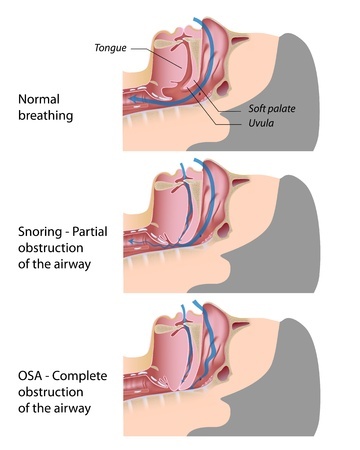
( Obstructive Sleep Apnea OSAS and Upper Airways in Respiratory Tract – Image Courtesy of www.docsopinion.com )
Hypertension and Obstructive Sleep Apnea Syndrome
Various longitudinal scientific studies have drawn up a clear link relating systemic hypertension with OSAS. The results revealed a concurrent incidence of systemic hypertension in patients also suffering from OSAS. On the other hand, approximately 30% of OSAS patients were also found to have essential hypertension. Additionally, round about 15% to 20% of OSAS patients were also confirmed to have a diagnosis of pulmonary hypertension.

( Pulmonary Hypertension in OSAS – Image Courtesy of www.phaonlineuniv.org )

( Pulmonary Function Analysis – Image Courtesy of err.ersjournals.com )
In hypertensive patients with Obstructive Sleep Apnea Syndrome, it was shown that effective treatment of OSAS together with CPAP (Continuous Positive Airway Pressure) Titration had a positive impact on the hypertension. The observation made is that there was an overall improvement of the condition and relief from hypertensive symptoms, or that there was a reduced need for use of antihypertensive drugs.

( CPAP Titration in OSAS Treatment – Image Courtesy of www.alamy.com )
Another key correlation worth mentioning in connection to this is the link between OSAS and metabolism dysfunction, particularly metabolic syndrome which is a concoction of the following medical conditions: hypertension, obesity, insulin resistance, Diabetes Mellitus Type 2, and hypertriglyceridaemia.

( Metabolic Syndrome – Image Courtesy of www.livefitlean.com )
Symptoms of Obstructive Sleep Apnea Syndrome
To identify the symptomatic manifestations of OSAS, two classes of symptoms are first categorized: OSAS symptoms which present themselves during the patient’s sleeping phase, and OSAS symptoms which occur while the patient is not asleep in the waking phase.
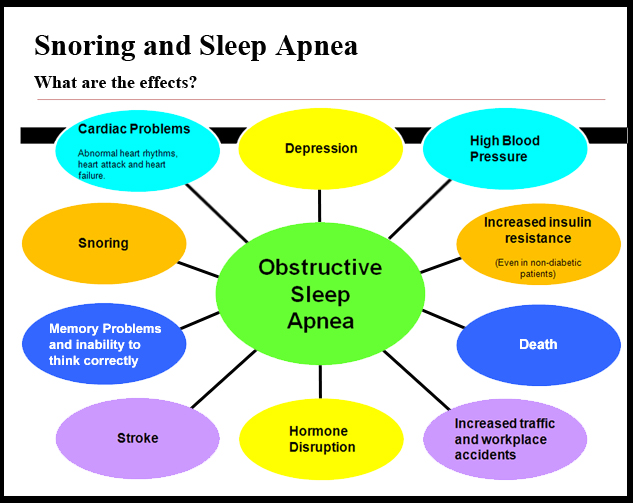
( Obstructive Sleep Apnea Symptoms – Image Courtesy of orthodonticreviews.blogspot.com )
OSAS symptoms during sleep phase:
- Snoring which occurs frequently and loudly
- Sitting up amid sleep to fight for one’s breath
- Breathing cessation (which is also witnessed by the bed fellow or pexcessive sweating artner in bed)
- Episodes of choking while asleep
- Heartburn due to GER (Gastro-Esophageal Reflux)
- Anomalous nocturnal motor activity such as: jerking and shaking movements, thrashing motions in bed, arousals with confusion, walking while asleep (sleep-walking)
- Intense disruptions of sleep
- Increased and excessive sweating during the night (observed in some OSAS patients)
- Enuresis that’s nocturnal and Nocturia (particularly observed in child patients)

( OSAS Sleep Attack at Steering Wheel – Image Courtesy of www.webmd.com )
OSAS symptoms during wakeful phase:
- EDS – Excessive Daytime Sleepiness
- Extended Sleep Attacks which may last from 30 minutes to 2 hours (These sleep attacks mostly affect the patient while they are in a relaxed state such as when seated, rested, while watching TV. There is however a key distinction between the Sleep attacks associated with OSAS from those that occur due to Narcolepsy in that OSAS Sleep Attacks are both prolonged with regards to the duration of the Sleep Attack, and are also non-refreshing)
- Dryness of the mouth upon waking up
- Decreased sexual function and libido in male patients
- Hyperactive behavior in child patients
- Forgetfulness, memory issues, as well as impaired cognitive function
- Depression and mood disorders
- Impaired hearing (observed in some OSAS cases)
- Headaches occuring in the morning (observed in some OSAS patients)
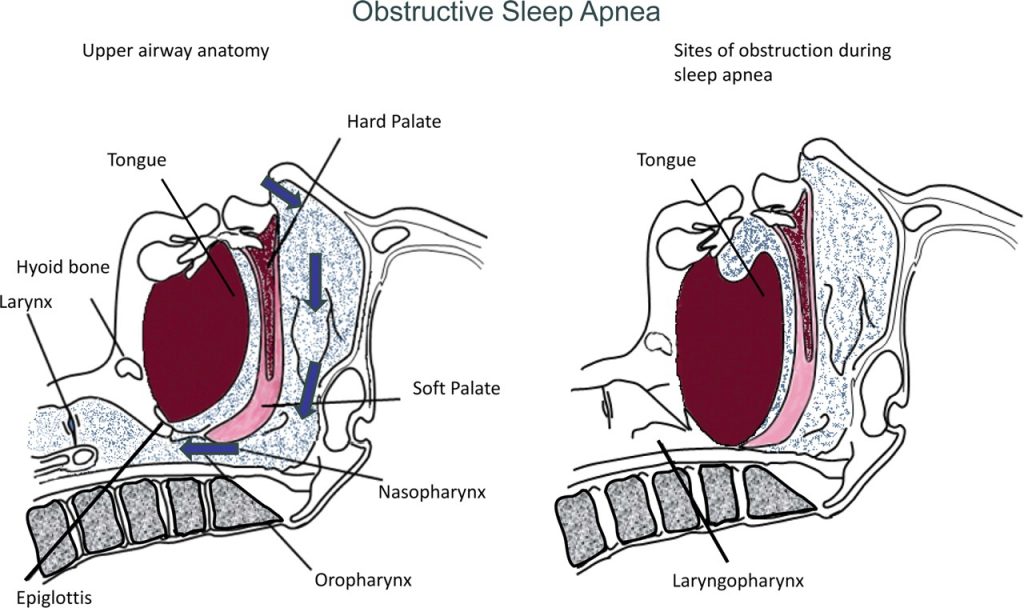
( Upper Airway Obstruction in OSAS – Image Courtesy of advan.physiology.org )
Symptoms presented in Severe Cases of OSAS:
- Impotence in men (this is especially noted in male patients who have suffered from chronic, persistent OSAS)
- Heart problems: pulmonary valve hypertension, cardiac arrhythmia (sinus pausing, ventricular tachycardia, ventricular premature contraction, third degree cardiac blockages), myocardial infarction, heart failure (systolic cardiac failure and diastolic cardiac failure), sudden cardiac death
- Polycethemia
- Stroke

( OSAS and COPD – Image Courtesy of www.researchgate.net )
It follows suit that Obstructive Sleep Apnea Syndrome is linked to in increase in mortality rates and higher morbidity due to the symptoms presented in short term basis (such as accidents at work, road accidents, lowered quality of life), and also due to symptoms presented in the long haul (such as heart problems and stroke).
Diagnosing Obstructive Sleep Apnea Syndrome
Besides analysis of the typical symptoms of OSAS being constant and frequent awakenings amidst one’s sleep all through the night, breathing cessations, snoring, Excessive Daytime Somnolence (EDS), and fatigue during the day; a background check into the patient’s family history is also necessary since OSAS is also genetically linked and therefore may run in the family.
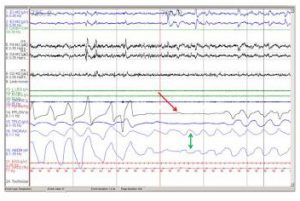
( OSAS Analysis – Image Courtesy of emedicine.medscape.com )
Detection of OSAS may be effectively achieved using Polysomnography (PSG) tests which analyze various key physiological aspects such as the flow of air in the mouse, flow of air in the nose, respiration effort, saturation of oxygen; and using medical instruments such as the EEG, EOG, EMG, and EKG.

( Polysomnogram Test Results in OSAS – Image Courtesy of advan.physiology.org )
Treatment of Obstructive Sleep Apnea Syndrome involves titration of the optimal and ideal pressure levels for CPAP – Continuous Positive Airway Pressure.
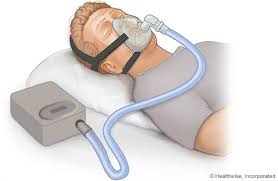
( OSAS Treatment with CPAP Titration – Image Courtesy of www.webmd.com )
Physical examinations of the body are also key in revealing underlying symptoms associated with OSAS such as weight-related complications in overweight and obese patient cases, as well as obstructions and other anomalies present in the upper respiratory airways (which affects breathing during sleep, and may cause blockages, snoring, and choking among other symptomatic complications associated with OSAS). There is also the likelihood of comorbidity with other sleeping disorders in the diagnosis of Obstructive Sleep Apnea Syndrome.
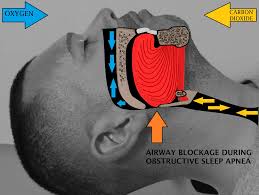
( OSAS Upper Airway Obstruction – Image Courtesy of en.wikipedia.org )

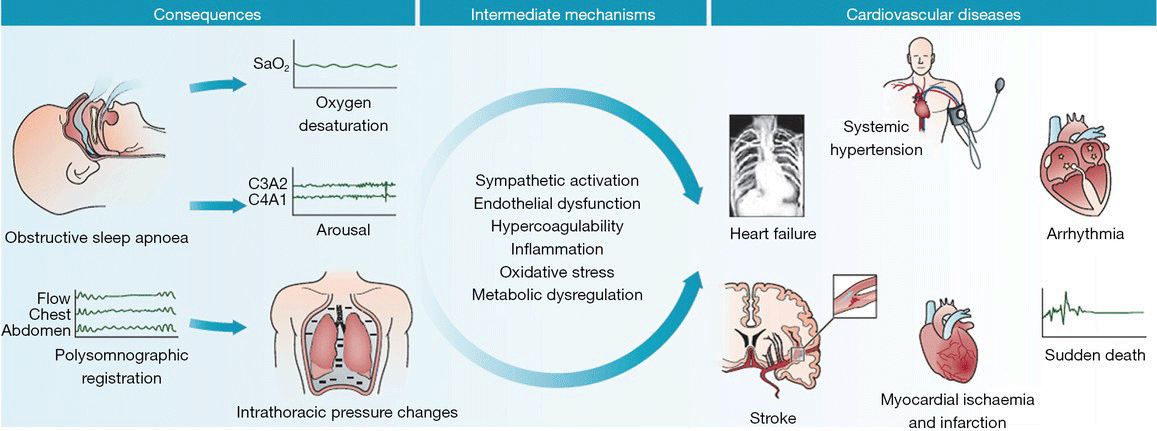
This is a great web page, will you be interested in doing an interview regarding just how you created it? If so e-mail me!
hmmm… would be seriously interested… are you sure you’re not a spammer?